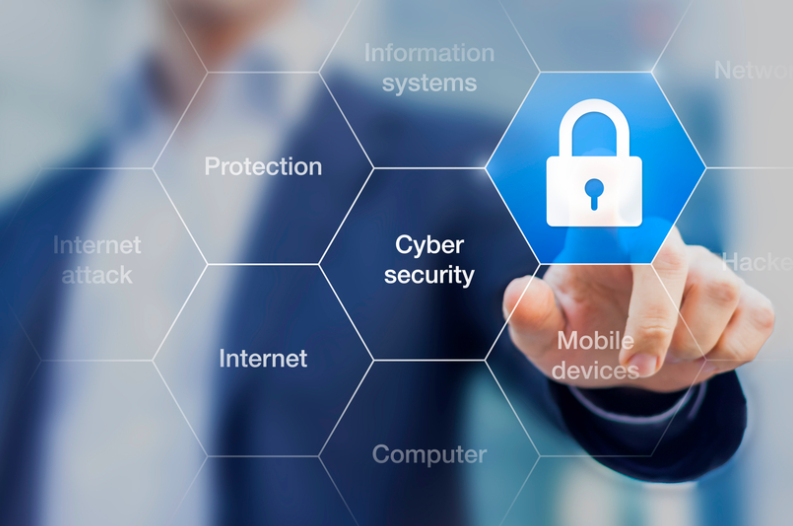Cybersecurity protects your internet-connected systems, including data, software, and hardware. People and businesses utilize this technique to prevent unwanted access to data centers and other electronic systems. A solid cybersecurity plan can protect users and organizations against malicious attacks intended to gain access to, alter, delete, destroy, or extort sensitive data and systems. You should be aware of the following fundamental recommendations:
Protect Your Data
When responding to an unsolicited email, phone call, text message, or instant message, you avoid giving out personally identifiable information like your Social Security number or credit card number. Remember that online fraudsters can manufacture email addresses and websites that appear to be trustworthy. Scammers can forge caller ID information. Even social media accounts for businesses can be hacked, allowing hackers to post messages that appear official.
Be mindful of respecting the proprietary information of other businesses. Even accidentally sharing or utilizing other businesses’ intellectual property (IP) or trade secrets could result in legal issues for you and your business.
Spend Some Time on Staff Training
Aim to hold a workshop once every six months where you can assess their level of knowledge (password, firewall, malware, advanced threat protection, download and use of add-ons or USB keys, among other external memory disks), share the most recent threats, go over best practices and what to do when a threat is found, and give your team a chance to ask specific questions. (Human error causes the majority of security problems.)
Maintain Software Updates
Attacks using ransomware are a common attack method for both individuals and organizations. Patching obsolete software, including operating systems and applications, is among the most crucial cybersecurity recommendations for reducing the impact of ransomware. This assists in closing important security holes that hackers use to gain access to your devices. Here are some simple pointers to get you going:
- Activate your device’s automatic system updates.
- A desktop web browser should utilize automated security upgrades.
- Update all of your browser’s plug-ins.
Avoid Pop-Ups, Unidentified Emails, and Links
Be on the lookout for phishing. Phishers prey on workers hoping to click on harmful links or pop-up windows that may contain viruses and malware. Never respond to an email, pop-up website, or any other kind of communication you didn’t initiate by entering personal or business information. Identity theft may result from phishing. Additionally, that’s how the majority of ransomware attacks happen.
Your business should use email authentication technology to filter out these dubious emails. Be cautious. Always get in touch with your security lead or department if you have doubts about the integrity of an email or other communication.
Invest in Security Systems
When weighing the expense of purchasing a high-quality security system, smaller businesses might be hesitant. Protections include robust antivirus software, malware detection tools, data backup on external hard drives, and routine system checks are typically included. However, making that investment early could spare organizations and staff the potential financial and legal penalties of a breach.
The appropriate information might help reduce the breach vulnerabilities for your business. A single delay in patching a vulnerability could leave your employer open to a cyberattack. Your responsibility includes acting responsibly online and contacting your IT department if you run into any issues or require assistance. Maintaining compliance with these advanced threat protection procedures may be the difference between a secure business and one that hacker’s target.










